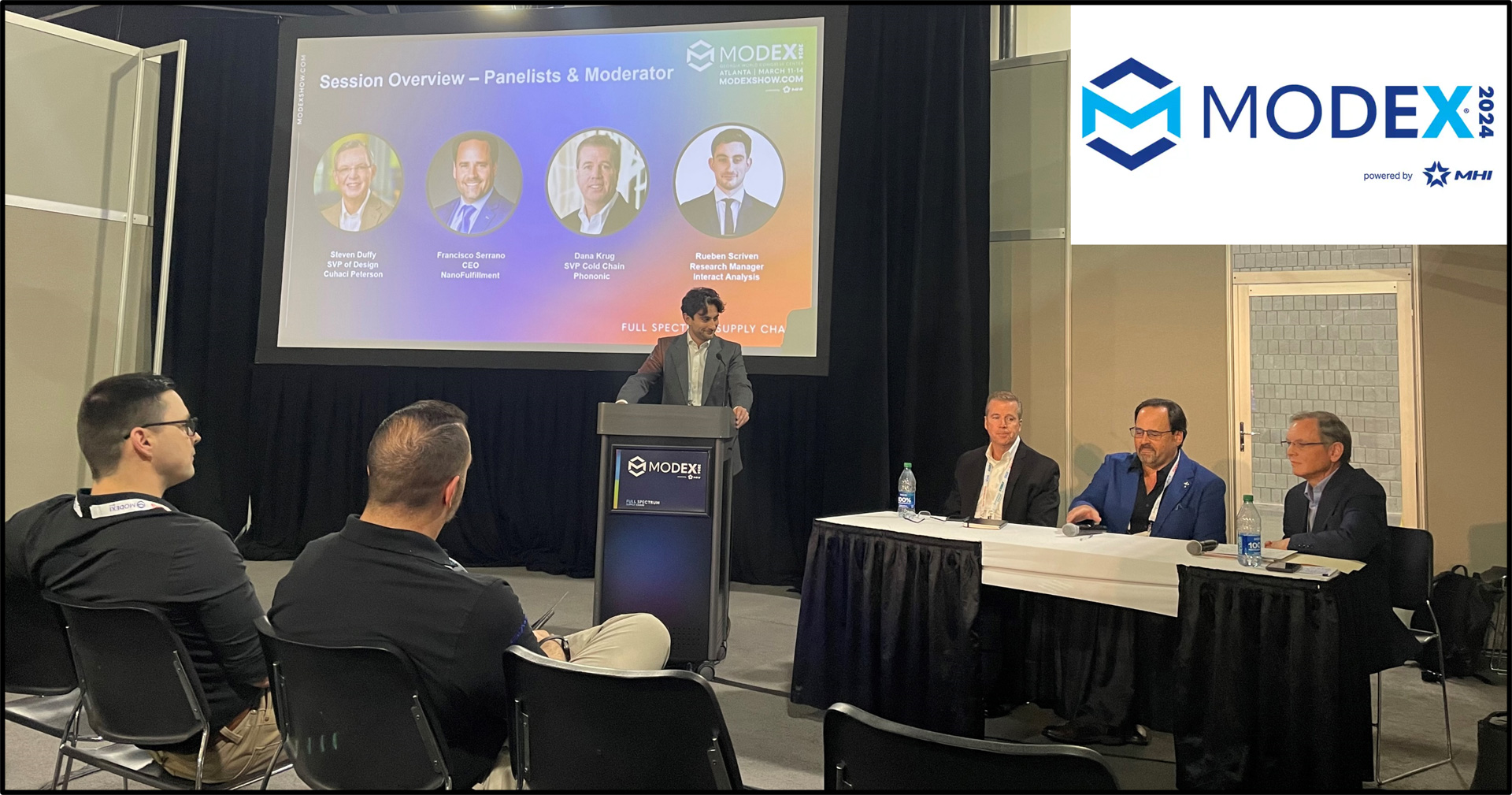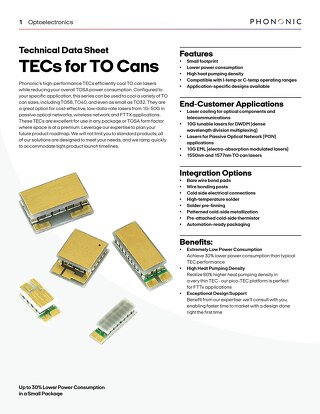Freeze-Free Vaccine Protection
June 14, 2019
Whether it’s a compliance violation or the administration of potentially compromised vaccines, there are no secrets when it comes to patient safety in the media. Bad news spreads quickly and impacts patient satisfaction and the public’s perception of your facility.
Just last month, a temperature mistake forced Walgreens to re-vaccinate approximately 350 SDSU students against type B meningococcal disease. Not only did the incident put students who thought they were protected at risk for infection (and for minor local reactions from the off-temperature vaccine itself), but it also put Walgreens in the public eye for all the wrong reasons. October is peak flu vaccination month, and with so many pharmacies and other facilities offering the vaccine, Walgreens’ recent mistake probably didn’t help attract new patients for their vaccinations.
RELATED READ: Flu Vaccine Refrigeration: Improve Patients’ Safety and Reduce Your Risk
This happens more often than you might think. A report conducted by the Office of the Inspector General for the Vaccines for Children Program (VFC), found that 76% of providers exposed their vaccines to inappropriate temperatures for at least 5 straight hours during a two-week period. If repeated for a year, vaccines would be exposed to inappropriate temperatures for 130 hours per year, costing approximately $368,820 per location.
The greatest danger to vaccines, insulin and other high-value medical products stored in a conventional, compressor-based refrigerator is inadvertent freezing. Caused by the lack of inherent temperature stability and uniformity, freezing can destroy active ingredients and put patient safety at risk. One way to reduce the risk of frozen or off-temperature products is to replace antiquated compressor-based refrigerators with solid state cooling. It’s an innovative alternative that allows medical grade refrigerators to run without the compressors and duty cycles that create wide temperature oscillations and poor uniformity.
There are three key differences between compressor-based and solid state medical refrigerators:
1. Elimination of duty cycle = Unmatched stability
Compressor-based refrigerators can oscillate as much as 5 °C. Here’s why: when the cabinet interior gets too warm, the compressor turns on to generate air colder than the set-point. Once the cabinet gets colder than the set-point, the compressor turns off until the cabinet interior warms up … and the cycle begins again. These wide temperature fluctuations can damage or destroy your vaccines, medicine and other medical supplies. Solid state refrigerators do not have a duty cycle, which is why the cabinet interior always stays within a temperature variance of only 0.5° C.
2. No need for water bottles
It’s no secret that compressor-based refrigerators suffer from poor uniformity throughout the chamber. That’s why the Centers for Disease Control & Prevention (CDC) even suggest blocking top and bottom shelves with water bottles to prevent use in these high-risk areas. Solid state cooling eliminates these warm and cold spots, allowing for safe storage throughout the entire chamber.
RELATED RESOURCE: Solid State Refrigeration for Reduced Risk & Improved Patient Safety Infographic
3. The true cost of unreliable medical refrigeration
By doing away with inefficient compressors and fans, solid state refrigerators are more energy efficient, offering up to 40% savings. Plus, without the mechanical parts that fail most often, solid state refrigerators have greater longevity and need less maintenance, which translates to better ROI and lower cost of ownership. But that’s just the tip of the iceberg. From loss of expensive medications or vaccines to a loss of public confidence, the financial risks associated with out-of-range temperatures can cost healthcare facilities millions. By eliminating those risks, the cost savings from solid state cooling can really make a difference.
Phononic’s compact, solid state medical grade refrigerators can help you protect your products, keep your patients safe and stay out of the news. If you’d like to learn more about Phononic refrigeration for your facility, connect with our healthcare team.









